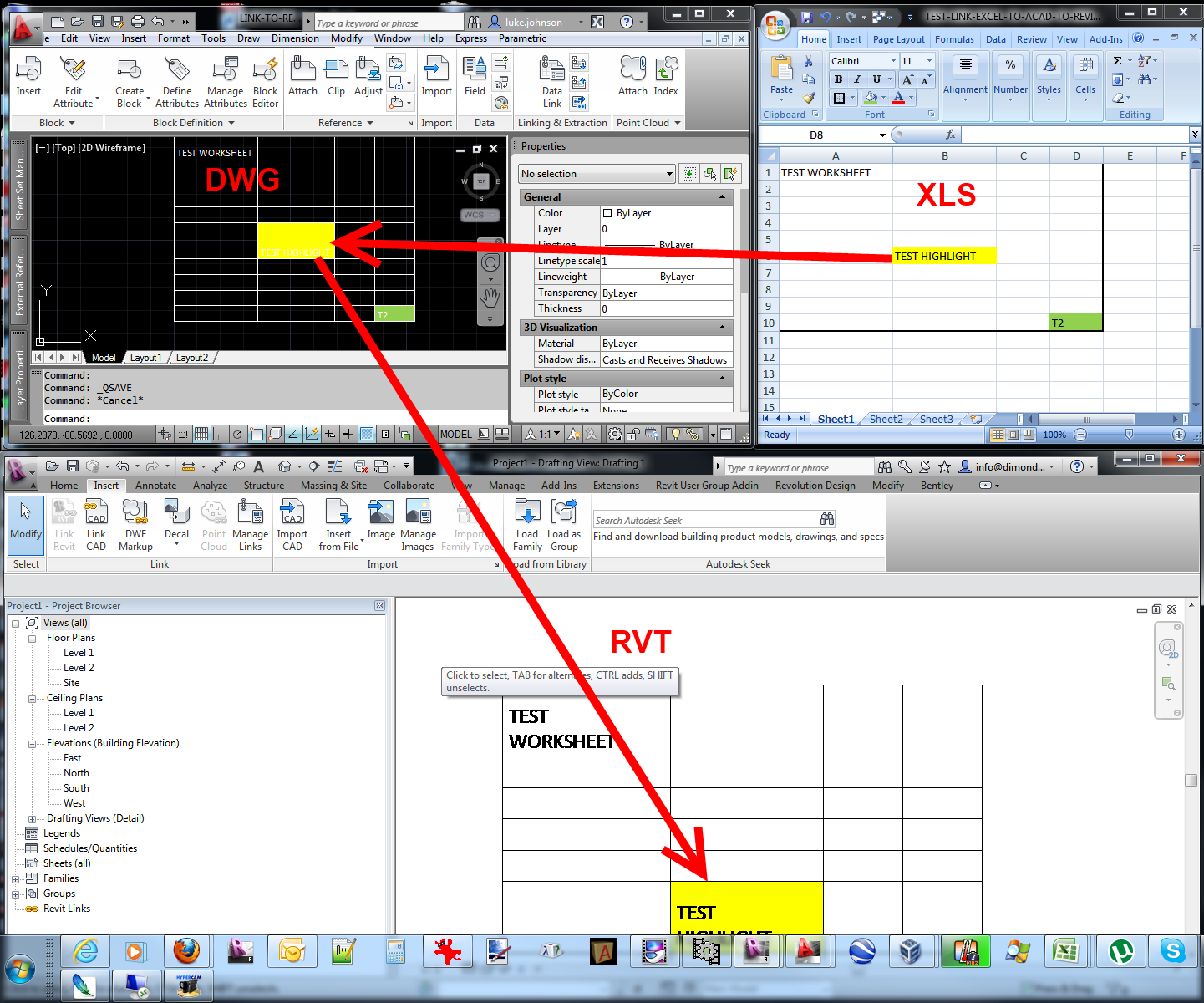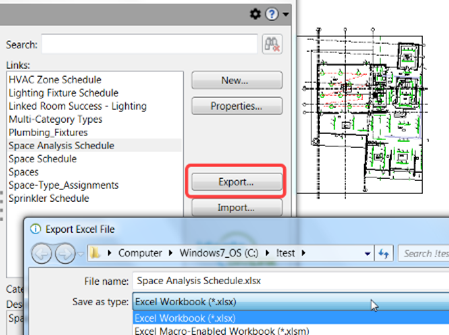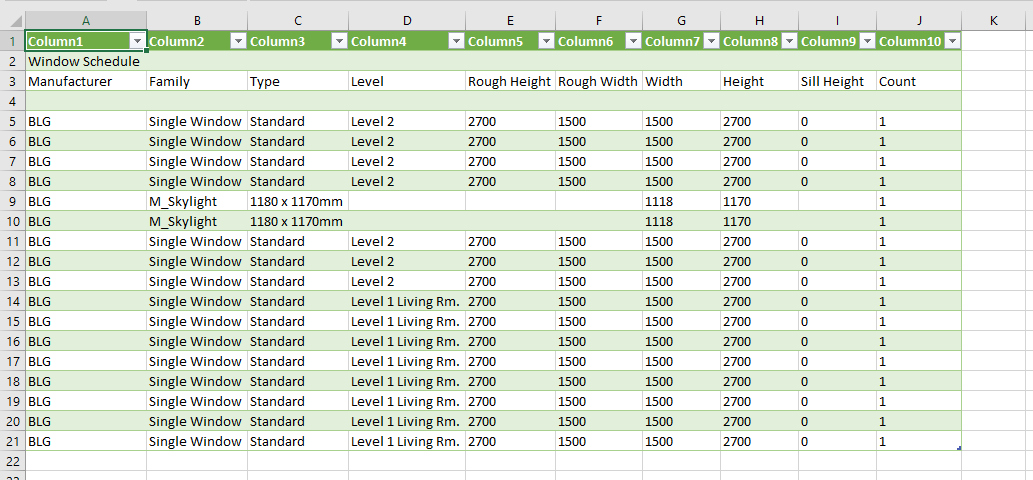Damaging Obstacles: Excel Importation Techniques for Advanced Revit Users
Are you an innovative Revit individual aiming to take your abilities to the following level? In this post, we will certainly show you exactly how to break barriers by leveraging Excel for importation in Revit. Discover different data importation methods and master Excel assimilation to improve your Revit modeling capabilities. With our tricks and tips, you can get rid of importation difficulties and become a real expert in making use of Excel for your Revit jobs. Prepare yourself to excel in your Revit trip!
Advanced Revit Users: Leveraging Excel for Importation
You can quickly utilize Excel for importation as a sophisticated Revit customer. Excel is a powerful device that can greatly improve your workflow and effectiveness in Revit. With its capacity to handle big quantities of data and do intricate computations, Excel can be a beneficial asset in managing and arranging your task information.
One method to utilize Excel for importation is by utilizing the "Link Excel" function in Revit. This function enables you to link an Excel spread sheet directly right into your Revit project, allowing you to update and synchronize data between both programs. When dealing with routines or tracking modifications in your task., this can be particularly helpful.
One more means to use Excel is by utilizing the "Import/Export" function in Revit. This attribute allows you to import and export information in between Revit and Excel, giving you the versatility to work with data in both programs. You can import information from Excel into Revit to develop aspects such as doors, spaces, or walls, and you can also export data from Revit to Excel for further analysis or coverage.

Exploring Data Importation Techniques in Revit Utilizing Excel
Checking out just how to import information from Excel right into Revit uses reliable approaches for incorporating details. When you import information from Excel, you can effortlessly move information such as space routines, product listings, and devices data into your Revit project. This process permits you to conserve time and initiative by staying clear of hands-on data entrance.
To import data from Excel right into Revit, you can make use of the "Import/Export" attribute. This function enables you to map the Excel data areas to the equivalent Revit specifications, making sure that the info is correctly assigned within the version. By picking the proper import choices, you can control just how the information is imported and exactly how it interacts with your task.
An additional technique for importing information from Excel into Revit is by making use of Dynamo. With Eager beaver, you can produce custom manuscripts that import data from Excel and control it within your Revit project.
Grasping Excel Integration for Advanced Revit Modeling
Understanding Excel integration for sophisticated Revit modeling involves using efficient techniques to seamlessly move information and automate tasks within your task. By utilizing the power of Excel, you can boost your Revit modeling workflow and save beneficial time. One key method is importing information from Excel spreadsheets straight right into your Revit model. This permits you to populate specifications, such as area names or product quantities, effortlessly. With a couple of easy actions, you can map the Excel columns to the equivalent Revit parameters and import the data precisely.
Another helpful technique is exporting information from Revit to Excel. This allows you to remove details from your model, such as schedules or material quantities, and examine it in Excel making use of solutions, graphes, or other powerful tools. By leveraging the capabilities of Excel, you can carry out complicated computations, produce custom-made records, and gain beneficial understandings right into your task.
Along with information transfer, Excel assimilation can automate repetitive jobs in Revit. By developing macros or manuscripts in Excel, you can automate procedures like developing sights, creating sheets, or using standard families - revit plugins. This not only saves time but additionally makes certain uniformity throughout your job
To grasp Excel combination in Revit, it is essential to understand the data framework and just how Revit engages with Excel. By familiarizing yourself with the readily available devices and methods, you here are the findings can unlock the full possibility of Excel combination and take your Revit modeling to the next degree.
Conquering Importation Difficulties: Excel Techniques for Revit Experts
When overcoming importation obstacles, it's crucial to be familiar with efficient Excel methods that can profit professionals in Revit. As a sophisticated Revit individual, you recognize the importance of perfectly importing information from Excel right into your projects. You might run into various obstacles along the method. By making use of efficient Excel techniques, you can get rid of these challenges and enhance your productivity.

An additional helpful strategy is using the "Transpose" feature in Excel. This allows you to convert information from rows to columns or the other way around. When importing data right into Revit, this can be find out here now specifically valuable when you have information in a vertical style in Excel, however you require it to be in a horizontal style in Revit.
In addition, utilizing Excel formulas such as VLOOKUP and INDEX-MATCH can considerably aid in mapping data from Excel to Revit. These formulas enable go to this website you to look for particular values in Excel and get corresponding data from one more column. This can conserve you effort and time when importing huge datasets into Revit.
Excel Information Importation Advice for Advanced Revit Users
By familiarizing on your own with efficient Excel pointers and tricks, you can enhance your data importation procedure as a sophisticated customer of Revit. Excel is a powerful device that can significantly promote the importation of data right into Revit, conserving you time and enhancing your performance. One helpful pointer is to use the "Text to Columns" function in Excel to divide data right into various columns based on a delimiter. This can be particularly handy when you have information in a solitary column that requires to be divided right into multiple columns in Revit. Additionally, using Excel's "Paste Unique" feature permits you to paste data from Excel into Revit while preserving format, such as cell shade or font style. This can be especially valuable when importing information that needs certain format in Revit. Another useful technique is to utilize Excel's "Change and locate" function to quickly make changes to your data before importing it into Revit. For example, you can quickly replace specific text or characters with others, saving you the time and effort of manually editing the data in Revit. By utilizing these Excel methods and pointers, you can simplify your information importation process and come to be also extra skillful being used Revit.
Conclusion
You have actually now learned beneficial methods for importing data from Excel right into Revit as an advanced customer. By leveraging the power of Excel combination, you can streamline your modeling procedure and conquer any kind of importation challenges that might develop. With these suggestions and methods, you will have the ability to grasp information importation and improve your Revit abilities. So proceed, damage those barriers and succeed in your Revit projects!

When importing information into Revit, this can be especially helpful when you have data in an upright layout in Excel, but you need it to be in a straight layout in Revit.
Additionally, using Excel formulas such as VLOOKUP and INDEX-MATCH can substantially assist in mapping data from Excel to Revit. Additionally, utilizing Excel's "Paste Unique" attribute permits you to paste information from Excel right into Revit while maintaining formatting, such as cell color or font style.